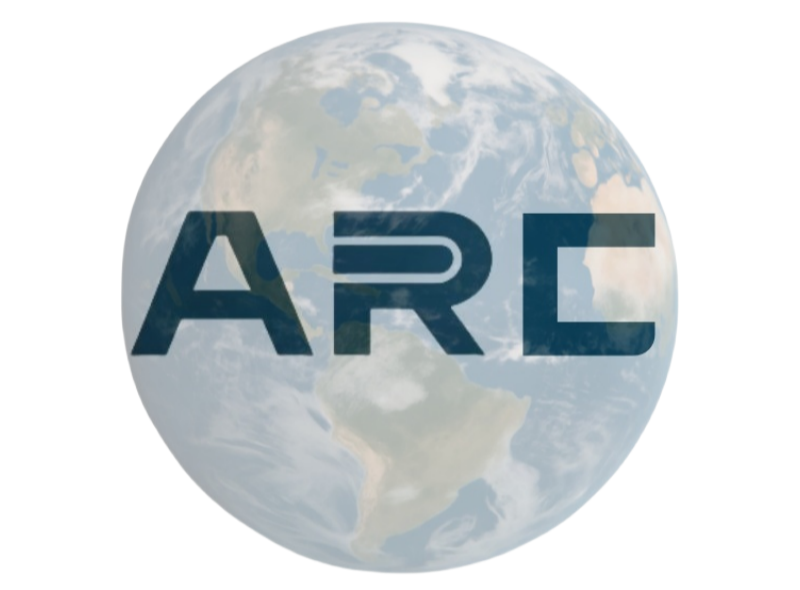I. Why Optical Resolution Testing Matters in Modern Imaging Systems
Optical resolution testing serves as the cornerstone for evaluating imaging performance, directly impacting a system’s ability to resolve sub-micron structures. In critical sectors like semiconductor manufacturing (ASML lithography tools), biomedical research (confocal microscopy), and nanomaterials characterization (TEM/SEM integration), achieving optimal resolution is pivotal for innovation. This guide delves into ISO-compliant methodologies for microscope objective resolution measurement, combining theoretical rigor with actionable engineering protocols.
II. Core Principles: From Airy Disk Theory to Quantifiable Metrics
1. Breaking Down the Diffraction Limit
Rooted in Ernst Abbe’s seminal work, the diffraction limit dictates that even flawless optics cannot resolve features smaller than half the wavelength of light. When imaging two adjacent points:
- Airy disk overlap creates a saddle-point intensity contrast of 26.5% (Rayleigh criterion).
- First dark ring radius (1.22λ/NA) defines the theoretical resolution threshold.
2. Resolution Formula for Microscope Objectives
δ=0.61×λNA(Transverse Resolution)δ=NA0.61×λ(Transverse Resolution)
Key variables:
- λ: Illumination wavelength (e.g., 550 nm for green light)
- NA: Numerical aperture (1.45 for oil-immersion objectives)
Example: A 100×/1.45 NA objective with 550 nm light achieves δ ≈ 232 nm.
III. Building a Precision Resolution Testing System: Core Components and Setup
1. ISO 19012-Compliant Testing Kit
| Component | Specifications | Purpose |
|---|---|---|
| USAF 1951 Resolution Target | Group 7, Element 6 (228 lp/mm) | Quantify spatial frequency response |
| Köhler Illumination | Halogen lamp + field/condenser diaphragms | Uniform, glare-free lighting |
| Scientific CCD | 4.2 μm pixel, 12-bit depth | Nyquist-compliant sampling |
| Laser Interferometer | He-Ne laser (632.8 nm), λ/20 accuracy | Optical path alignment verification |
2. Critical Parameter Optimization
- Nyquist Criterion: CCD pixel size ≤ 12×Max Spatial Frequency2×Max Spatial Frequency1
Example: To resolve 400 lp/mm, use ≤1.25 μm pixels. - Illumination Spectrum: Narrowband filters (±10 nm) minimize chromatic aberrations.
- Contrast Calibration: Maintain illumination NA at 70–90% of objective NA.
IV. Step-by-Step Resolution Testing Protocol (ISO 19012-4:2021)
1. Pre-Test Calibration Checklist
- Laser Alignment: <3 μrad angular error via interferometric autocollimator.
- Flat Field Correction: Achieve >95% uniformity using integrating sphere.
- Magnification Validation: NIST-traceable stage micrometer (error <±0.5%).
2. Automated Resolution Measurement Workflow
- Target Mounting: Vacuum-chuck USAF 1951 onto anti-vibration stage.
- AI-Driven Focusing: Maximize MTF using gradient-based optimization.
- Multi-Field Analysis: 5-point sampling (center + quadrants) with 3-frame averaging.
3. MTF Calculation via Slanted-Edge Method
- Edge Detection: Sobel operator + parabolic interpolation (1/50 pixel accuracy).
- ESF → LSF: Radon transform extracts edge spread function.
- MTF Plotting: Fourier transform identifies 10% contrast cutoff frequency.
V. Overcoming Resolution Limitations: Error Mitigation Strategies
1. Top 3 Systemic Error Sources
| Error Type | Impact | Solution |
|---|---|---|
| Chromatic Aberration | Wavelength-dependent blur | 10 nm bandpass filters |
| Mechanical Vibration | Image smear (≥0.5 μm) | Active air-table isolation |
| Thermal Drift | 0.02λ wavefront error/°C | ±0.1°C thermal chamber control |
2. Advanced Resolution Enhancement Techniques
- Adaptive Optics: Deformable mirrors correct wavefront distortions in real time.
- Structured Illumination (SIM): Doubles resolution via Moiré pattern analysis.
- Deep Learning Deconvolution: NVIDIA CUDA-accelerated noise reduction.
VI. Global Standards & Emerging Technologies
1. Updated Resolution Testing Standards
- ISO 19012-4:2021: Fluorescent bead analysis for confocal systems.
- ASME B46.1-2023: 3D surface roughness correlation with optical resolution.
- IEC 62220-1: Medical imaging MTF requirements.
2. Cutting-Edge Innovations
- MINFLUX Nanoscopy: <10 nm resolution via single-molecule tracking.
- Ptychography: Lens-free phase retrieval for X-ray microscopy.
- Quantum Dot Calibration: 5 nm accuracy using CdSe/ZnS nanocrystals.
VII. Case Study: Resolving 7 nm Node Defects in EUV Lithography
Challenge: Failed detection of sub-10 nm mask defects using 193 nm immersion lithography.
Solution:
- Upgraded to 13.5 nm EUV objective (NA=0.55).
- Implemented phase-shifting Schlieren imaging.
- Applied CNN-based defect classification.
Result: Achieved 7 nm defect SNR >3:1 with 99.2% yield.
